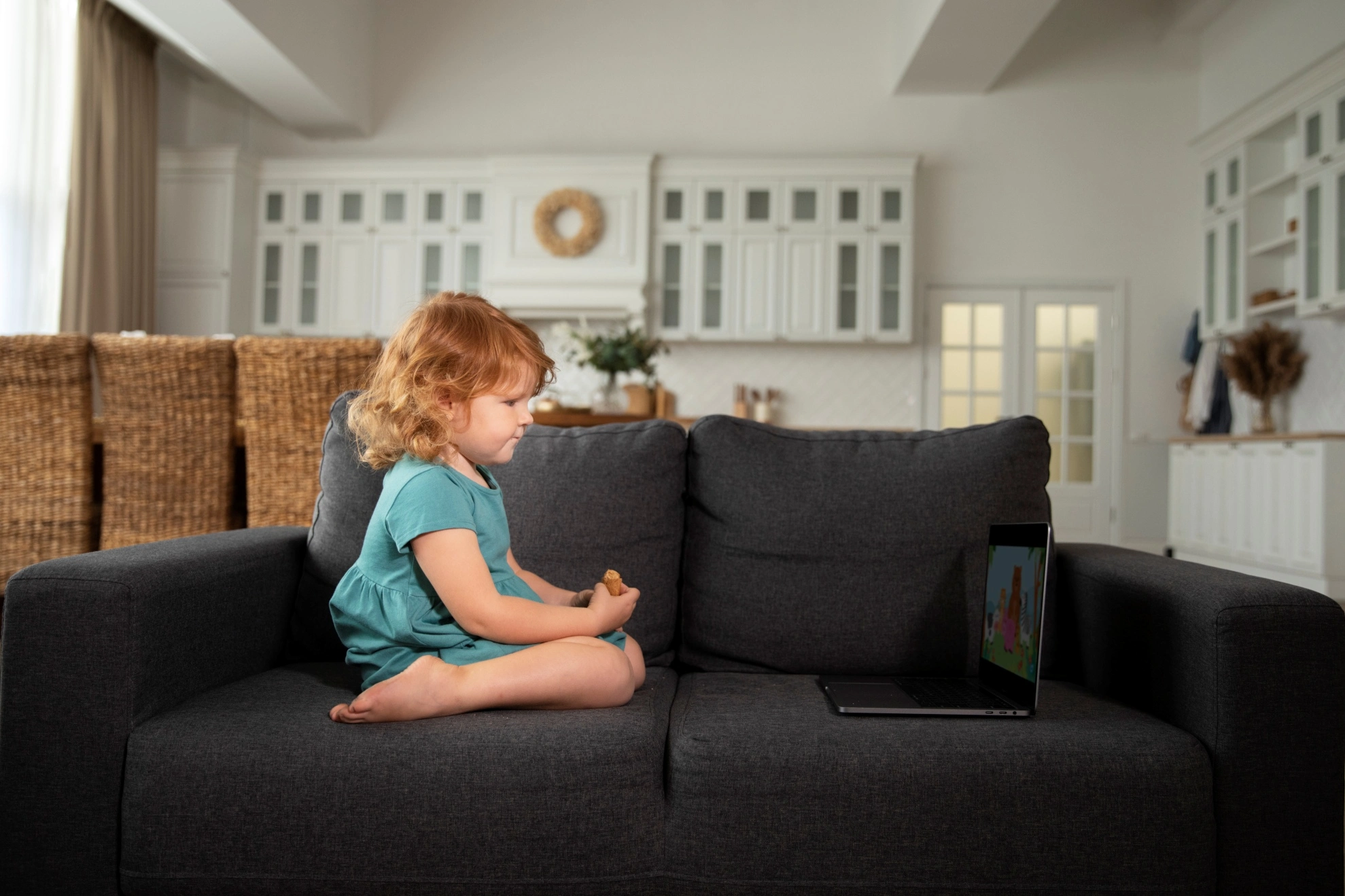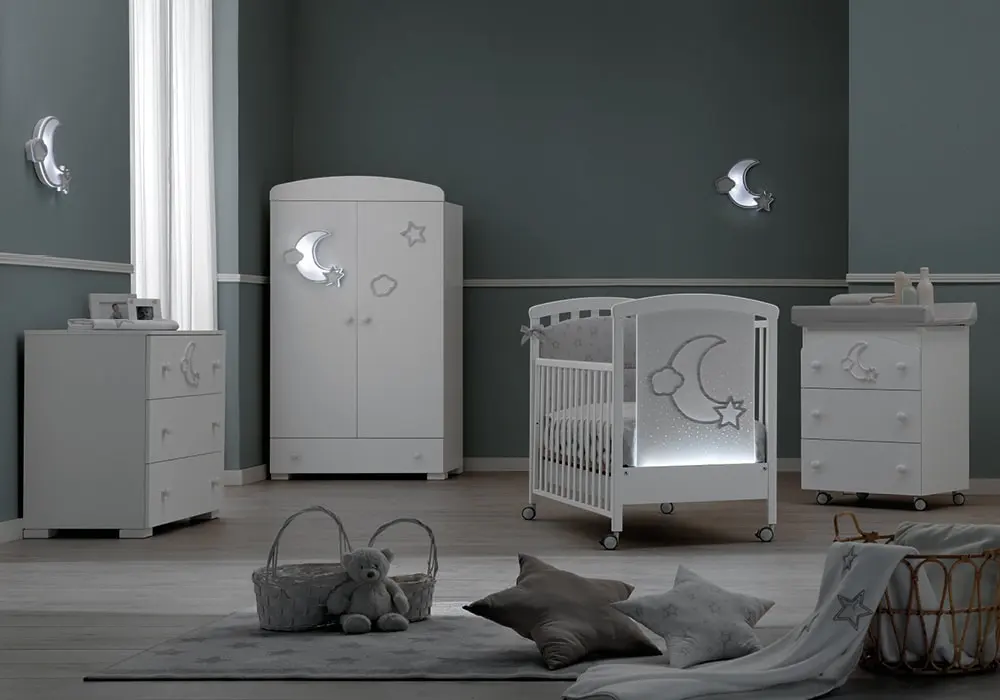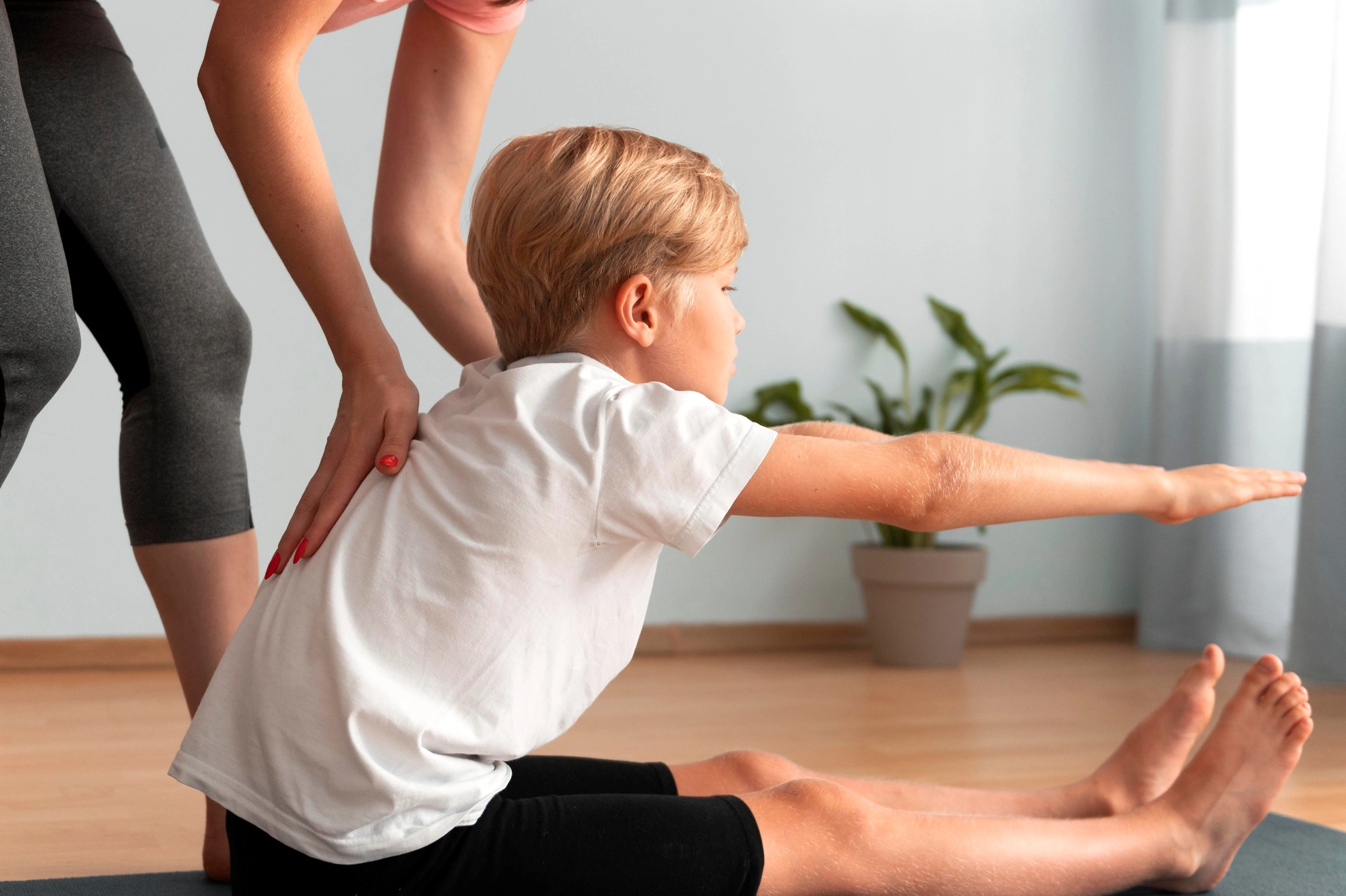Screen Time and Children: How to Find the Right Balance

Today, technology has become an inseparable part of our lives — we rely on it for work, learning, travel, and entertainment. Naturally, it has also found its way into children’s routines: they watch videos, play games, and discover new words through screens. For parents, the key challenge is understanding where helpful use ends and harmful habits begin.
The Screen: Neither Enemy nor Teacher
Parents often see screens as either entirely harmful or completely beneficial. In reality, the truth lies somewhere in between — everything depends on how much time children spend with screens and what kind of content they consume. High-quality educational videos, audio stories, and interactive apps can encourage speech, attention, and imagination.
However, when screens become the only form of entertainment, children lose opportunities to play, imagine, and explore independently. Real learning happens through doing — not just watching.
Why Real-World Experience Matters
A child’s brain develops through movement, touch, sound, and human interaction. When children handle objects, feel textures, move their bodies, and listen to voices or music, the parts of the brain responsible for language, emotions, and thinking are actively engaged.
No screen can replace that kind of live, sensory experience.
Outdoor play, drawing, or simply interacting with nature builds focus, memory, and self-control — skills that shape not only future learning but also social and emotional intelligence. That’s why it’s vital to leave space in every child’s day for physical activity, sensory play, and genuine connection with others.
Striking a Healthy Balance
Technology can be a powerful learning aid — if used mindfully and in moderation.
- Set limits: For young children, 30–60 minutes of quality, age-appropriate content per day is enough.
- Watch together: When parents join in and discuss what’s on screen, it turns into a shared learning experience rather than passive entertainment.
- Plan screen-free time: Reading, walks, board games, or creative projects strengthen family bonds and spark imagination.
- Model balance: Children mirror what they see. When adults manage their own screen use consciously, kids learn to do the same.
Mindful technology use isn’t about banning screens — it’s about using them purposefully. A screen should support a child’s growth, not replace the world around them.
Technology opens endless possibilities for learning, creativity, and communication. But it’s parental guidance and involvement that transform these possibilities into meaningful development. When adults show that the real world is just as fascinating as the digital one, children learn to see screens as part of life — not the center of it.


